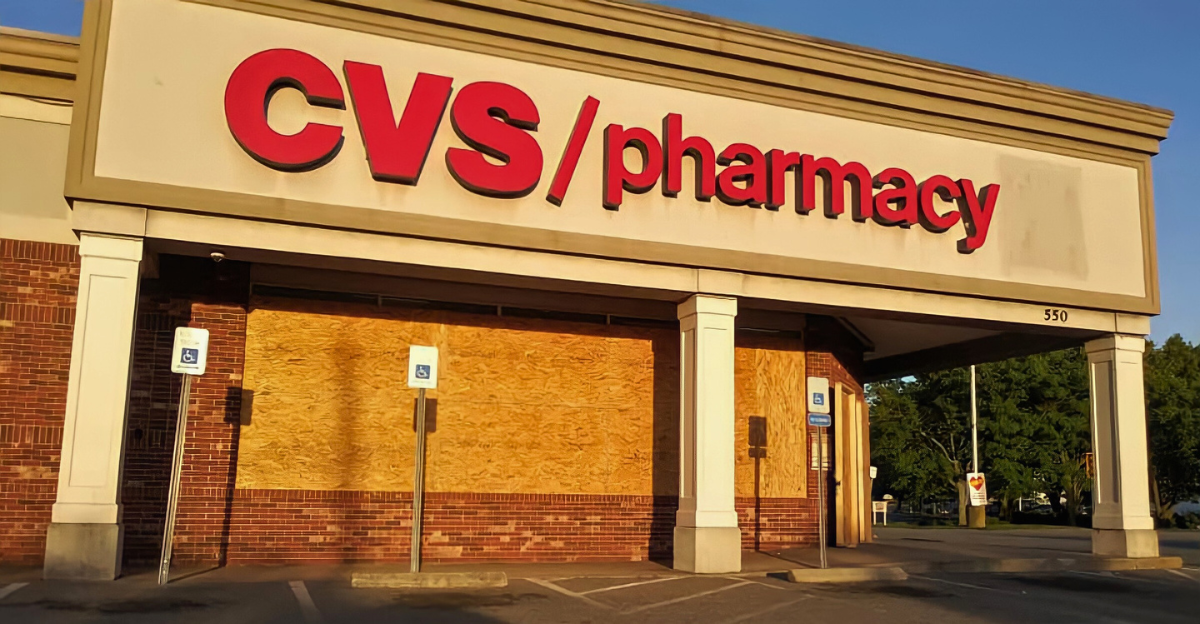
The retail industry in America is going through a drastic and permanent transformation. By 2025, the so-called “Retail Apocalypse” is a harsh reality that is changing how millions of consumers interact with commerce on a daily basis rather than just a hypothetical headline. Equipped with unrelenting reasoning and concrete data, this wave is expected to close about 15,000 stores, nearly doubling the number from the previous year and setting a record for the most closures in a single year.
A complex combination of factors, including digital disruption, inflationary pressures, rising labor costs, over-expansion in previous decades, shifting consumer expectations favoring price and convenience, and demographic shifts reshaping shopping habits, is to blame, and the causes defy easy categorization.
Historical Background: From Expansion to Collapse

The retail meltdown that we are currently seeing is a painful culmination that took decades of expansion, saturation, and slow erosion to reach. Previous retail downturns, like those brought on by the financial crisis in 2008 or the lockdowns during the COVID pandemic in 2020, were brief but largely contained periods of upheaval. From a historical standpoint, these earlier busts caused cyclical closures, but they also frequently led to periods of recovery or structural change.
As a result of their calculated withdrawals from less lucrative suburban and urban areas, community pharmacy mainstays CVS and Walgreens have accelerated their closures. Importantly, the lengthy history of retail has been one of creative destruction: in the 1980s and 1990s, big-box stores thrived by displacing small, neighborhood retailers; today, tech behemoths like Amazon and up-and-coming direct-to-consumer companies eat up their more established competitors.
Internet Retail: The Real Disruptor
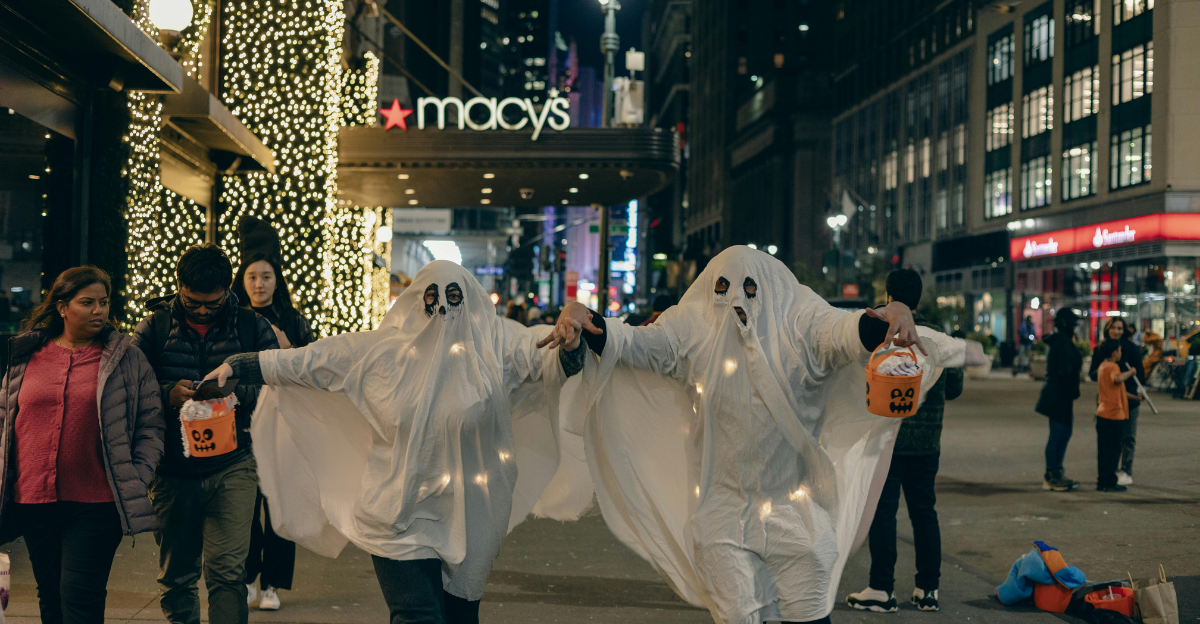
The overwhelming fact that digital commerce is a permanent game-changer must be faced in order to comprehend retail’s demise. The story is more complex than poor management or shifting preferences, despite the fact that pundits and commentators frequently oversimplify it. The foundations of retail economics and consumer behavior have been drastically altered by e-commerce.
Years of behavioral changes were compressed into months by the COVID-19 pandemic lockdowns, which only served to accelerate an already-occurring change. Crucially, physical retail still thrives when it provides sensory experiences, instant product availability, or urgent need fulfillment. This digital shift does not imply that physical retail is obsolete.
The Impact on the Community: The Domino Effect

Closing retail establishments causes terrible knock-on effects that shatter entire communities and local economies; they are not an isolated occurrence. Mall ecosystems and shopping plazas slowly collapse when an anchor tenant, like Macy’s or Walgreens, leaves, setting off a domino effect where smaller stores fight for survival.
Beyond the financial aspect, there is a psychological and social cost as well. The loss of “pharmacy deserts” in rural or economically disadvantaged areas limits access to basic medical services and necessary medications, exacerbating healthcare disparities. Malls that used to be places for people to congregate turn into abandoned communities, hastening urban deterioration and weakening sense of place.
Fundamental Economic Factors

Retail’s existential predicament has been made worse by inflationary pressures, wage increases, and supply chain disruptions, which have squeezed already skinny profit margins. Since 2021, the cost of goods, including labor, raw materials, and transportation, has increased significantly. This trend has been accelerated by the aftermath of the pandemic and geopolitical unrest. Retailers find it impossible to fully pass these costs on to price-sensitive, financially stressed customers because many of them are already burdened by debt and legacy costs.
Wave after wave of bankruptcies, loan defaults, and liquidations have been brought on by the retail sector’s resulting vulnerabilities. This resembles a scorched-earth situation where entire communities lose the foundations of their infrastructure and their economic resilience erodes, it is neither creative destruction nor a healthy market purge.
Tsunami of Bankruptcy: Case Studies
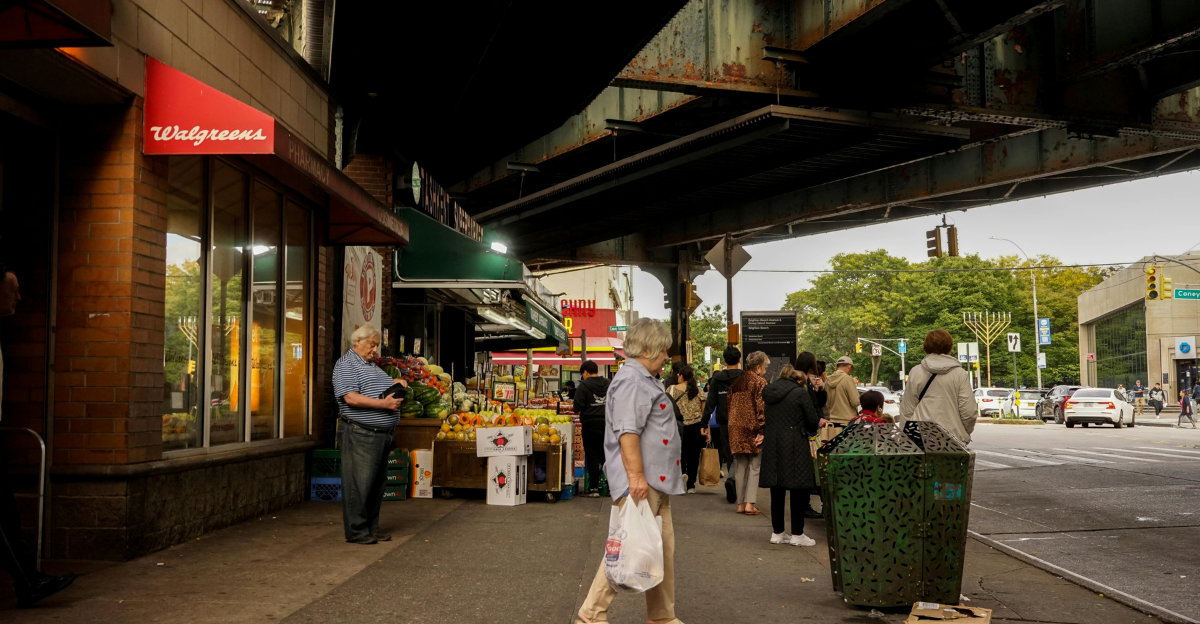
An increasing number of high-profile bankruptcies and closures is empirical evidence of the retail meltdown. Thousands of stores were closed in 2025 alone as a result of recent Chapter 11 filings or closures by regional and national retailers like Joann Fabrics, Party City, Big Lots, and Bed Bath & Beyond. The pharmacy industry has not been exempt; as part of strategic “right-sizing” measures, Rite Aid made significant layoffs, CVS closed almost 600 stores last year, and Walgreens followed suit.
These closures are a result of deeper systemic problems in retail, such as overcapacity, inefficient property footprints, and strategic misalignment with modern consumer behavior, in addition to the company’s poor financial health. In an attempt to maximize profitability, even comparatively strong performers are aggressively reducing their physical footprint, indicating a contraction in the industry as a whole.
The Opposing Opinion: Is This Truly Progress?

Although the retail apocalypse sounds dire, some opposing viewpoints contend that this narrative ignores the advantages and evolutionary aspects of contemporary trends. This viewpoint holds that physical retail is rapidly changing and evolving into new forms that are more in line with customer preferences rather than dying.
Re-purposing vacant retail spaces encourages economic diversification; former malls can be converted into fulfillment centers, co-working spaces, or cultural venues. According to this perspective, “creative destruction” is not only unavoidable but also essential to reshaping community life and commerce in ways that are more sustainable and sensitive to the demands of the twenty-first century.
Effects of the Second and Third Orders—Medicine, Real Estate, and Other
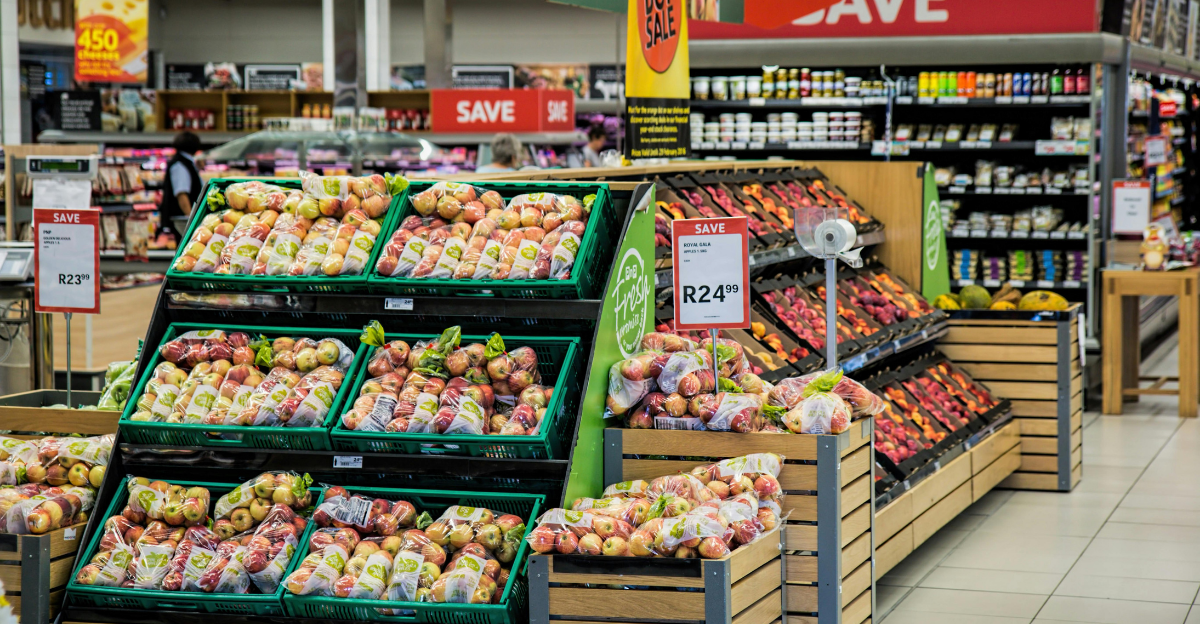
Although the loss of 15,000 retail locations is unavoidably disruptive, it also has less evident second- and third-order effects in a variety of industries. Healthcare suffers greatly as fewer CVS or Walgreens locations mean that millions of people have a harder time getting prescription drugs, immunizations, and resources for managing chronic care, particularly in underserved urban and rural areas. Higher systemic costs and poorer health outcomes are caused by this.
The labor market is experiencing long-lasting repercussions, as retail job losses exacerbate unemployment rates and possible skill gaps, necessitating immediate retraining and workforce reintegration. Other sectors, such as local government and financial services, also face increased demands for social assistance and decreased revenue. These domino effects clearly show how closing retail locations is a part of larger social changes that call for coordinated policy responses.
Future Patterns: What Comes Next?
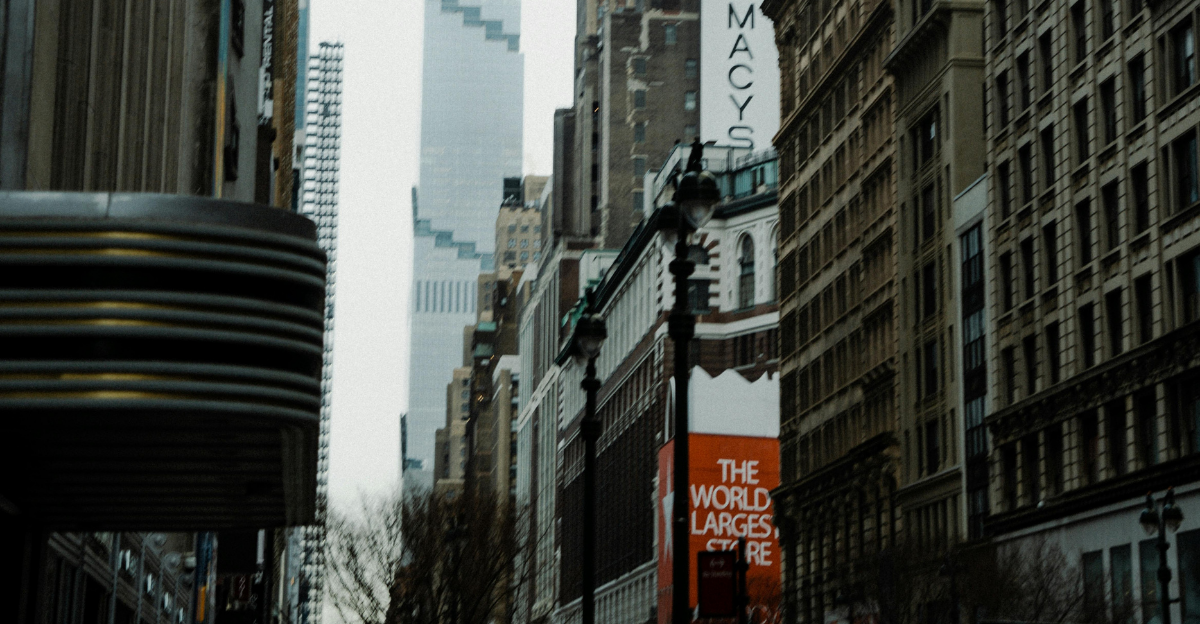
The trajectory of the retail apocalypse appears confident going forward, as analysts predict even more contraction and consolidation. By 2030, UBS expects a net loss of more than 45,000 retail locations, with the clothing, home furnishings, and specialty retail industries being especially vulnerable. Retailers are spending more money on automation, AI-powered checkout, and “dark stores” that are only used to fulfill online orders. Malls are being re-imagined as entertainment venues or mixed-use projects that prioritize experiences over just shopping.
While struggling mid-tier retailers face extinction without drastic transformation, resilient giants like Walmart, Costco, and Target are positioning themselves as winners with value-based propositions and omni-channel integration. The ability to quickly adjust to changing consumer habits and technological disruption will be a crucial factor in determining survival.
The New World

In conclusion, the “retail apocalypse” is a profoundly ingrained economic and social shift rather than a media exaggeration or fleeting trend. The wave of store closures spearheaded by CVS, Walgreens, Macy’s, and many others, roughly 15,000 locations in a single year, indicates a fundamental change in American community structure and commerce.
The harsh truth is that sentimentality for legacy retail models cannot replace systemic adaptation and innovation, and policymakers, business executives, and urban planners must face this. Those who actively re-imagine retail’s place in the digital economy will be rewarded in the future, while inertia will be penalized with obsolescence. This retail apocalypse is brutal but enlightening because it makes room for new economic structures that can address societal demands in the future.
